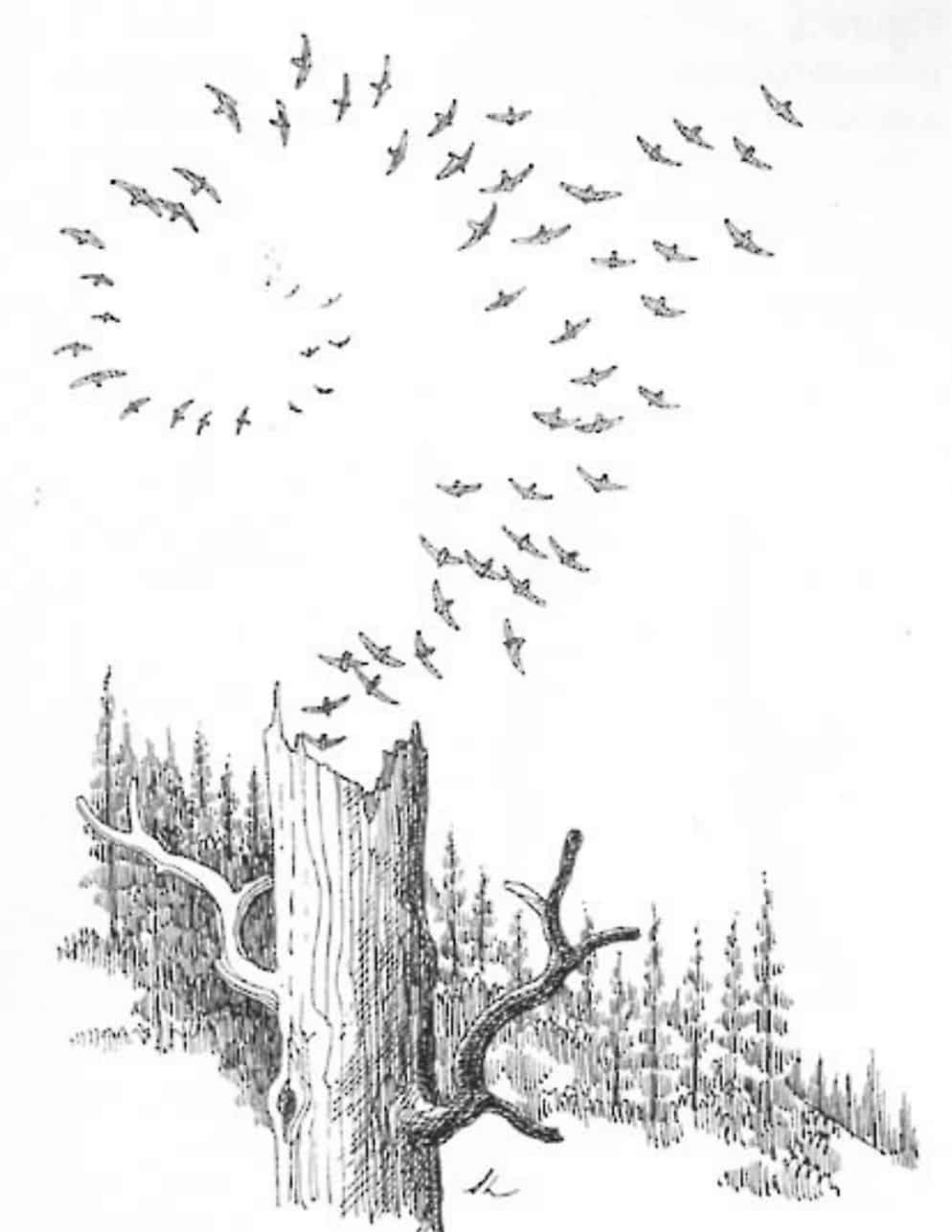The title says it all. Considering that US citizens pay more in taxes than they do for food and clothing, is it any surprise that a lot of us want lower taxes. Here are some selected quotes from an article titled “How a Math Formula Could Decide Fate of Endangered U.S. Species“
It’s all about the 80/20 rule or, to put it another way, picking the low hanging fruit.
1) “Arizona State University ecologist Leah Gerber presented a plan to U.S. Fish and Wildlife Service officials that would use a mathematical formula to direct government money away from endangered and threatened species she calls “over-funded failures” and toward plants and animals that can more easily be saved.”
2) “Gavin Shire, a spokesman for the U.S. Fish and Wildlife Service, said in an email to Reuters that the agency is examining the controversial proposal.
“We have worked closely with this group of scientists as they developed this new conservation tool, and while we have not made any determinations yet, are impressed with its potential,” Shire said. “We will be exploring further if and how we may best use it to improve the effectiveness of our recovery efforts.””
3) “The Endangered Species Act bars the government from deciding which animals and plants become extinct. But funding one species over another could let some decline or die out.
“I just don’t think it’s possible to save all species even though I would like to,” said Gerber, a self-described Democrat and environmentalist. “That’s an uncomfortable thing to say and I don’t like it but that’s the reality.”
Gerber said as many as 200 additional species could be saved by directing funds away from species such as the iconic northern spotted owl – whose numbers have declined despite millions of dollars spent on conservation efforts – and toward those with a better chance of survival.”
4) “So-called conservation triage is already being used in New Zealand and the Australian state of New South Wales, but Gerber has developed a specific algorithm for the United States that considers the expense and needs of local species as well as rules laid out by the Endangered Species Act.”
5) “Gerber came up with the idea for a U.S. model while Democratic former President Barack Obama was in office, pitching the concept to U.S. Fish and Wildlife Service officials before her algorithm was developed. Given the proposed budget cuts, some proponents say it may have a better chance of adoption under the Trump administration.”
6) “Despite protected habitat and about $4.5 million, adjusted for inflation, that Gerber calculates has been spent annually between 1989 and 2011 to help the owl recover, federal statistics show its numbers have declined by about 4 percent per year. About 4,800 northern spotted owls are left in North America, according to the environmental group Defenders of Wildlife.”
7) “One proponent is Hugh Possingham, an Australian scientist and an architect of the policy in that country. Now the chief scientist for U.S. environmental group The Nature Conservancy, Possingham wants to see similar policies adopted in the United States.
“I’m always amazed that this is a contentious issue. I’ve had people discuss it with me and end up with a fit,” he said. “But the mathematics and the economics of doing the best you can with the resources you have – I don’t know why that’s contentious at all.”
The Australian state of New South Wales, which in 2013 adopted a strategic prioritization algorithm, decided to keep funding recovery efforts for some species that the model ranked as low priorities, said James Brazill-Boast, senior project officer with the New South Wales Office of Environment and Heritage.
For example, he said, the koala would be ranked low, but Australians would never support letting the beloved creatures, listed as vulnerable by law, become extinct.
Gerber said U.S. officials could similarly decide to continue supporting species that her algorithm might reject – or non-profits could step in to help.
“I don’t think the agency wants to let things go extinct,” Gerber said. “I don’t want to let things go extinct. … But we can actually achieve better outcomes by being strategic.””


